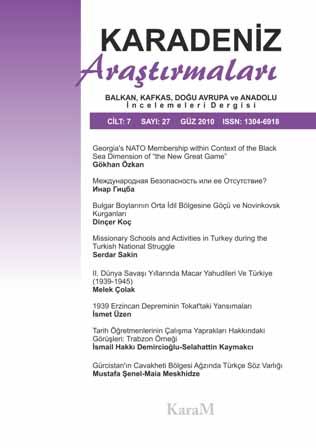
MUHAMMET KUZUBAŞ, KISSA-İ YÛSUF U ZELÎHÂ, KARADENİZ DERGİSİ YAYINLARI, İSTANBUL: 2010, 247 s.
More...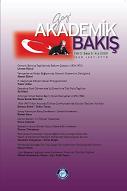
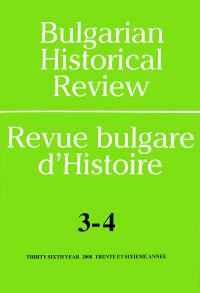
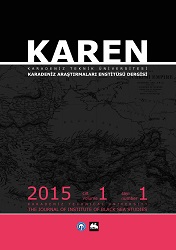
Keywords: Havva Hatun; women; bandit; gender; law;
As the women are captured within the private area through the socially established rules of gender, they become a secondary, or even the victim. The feminist theory evaluates this phenomenon in the axis of the concept of gender. In modern times, the reflection of this phenomenon is observed. However, the gender, which is also referenced as a functional concept in historical studies, has the risk of losing sight of the nuances. The situation of Havva Hatun, who was engaged in banditry in Trebizond in 1632 as a member of “silent crowd”, and her six concubines forms an example. Havva Hatun and her concubines, who made the life difficult for the inhabitants of the neighborhood, assaulted them with axes and hatchets, tore down the walls of the house and stole thirty rolls of tent canvases, three swords and a basket, did not surrender the court’s call and escaped. Nothing further was heard from Havva Hatun, after she went to Sansar Hasan Beşe, who helped her. Havva Hatun exhibited an unexpected “public” appearance with today's perception. In terms of Islamic canon law, it is controversial whether her acts can be defined as banditry. In this paper, as we discuss the acts of Havva Hatun that we encounter in the Kadi court records of Trabzon and evaluate whether she could be considered as a bandit, we also make an effort to open a “window” to the world of the Ottoman women. If it was decided by the court that she was a bandit, her hands and feet should have been cut diagonally. However, she would get rid of the penalty if some scribes argued that women could not be regarded as bandits. In the documents, she was called “feşâr”, instead of “bandit”, which has a similar meaning, but softens the situation as a matter of semantics. This probably eased the verdict of Havva Hatun. Therefore, while the European women with similar acts were accused of witchcraft were murdered, Havva Hatun was only sentenced to the material compensation of the committed the crimes. Although this situation reflects the “patriarchal” aspect of the Ottoman law and practice, it also implies that it does not victimize the women through the socially established rules of gender.
More...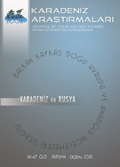
Keywords: book review;
Review of: Edhem Rahimoğlu Tenişev "Sravnitel’no-İstoriçeskaya Grammatika Tyurkskih Yazıkov. Leksika", T. 4, Moscow: Nauka, 1997. ISBN: 5 02-010-861-8, by: Yaşar Şimşek
More...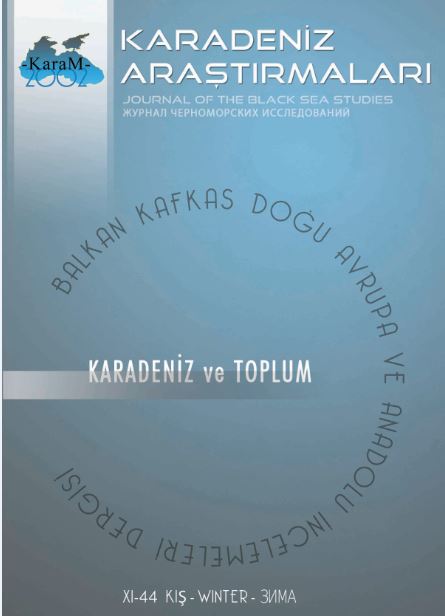
Keywords: Sinop; wild horses; equine culture; wild mares; Sarıkum;
Central Asian Turks have left indelible prints behind for the history of politics, state and civilization by taming the horse, which takes part also in the twelve animal calendars. According to their epics and legends, they gave names to their horses before giving names to their children. They regarded them as their faithful friends, and carried the equine culture from Central Asia to Anatolia. Today, wild horse herds are still living in different regions and cities in Anatolia such as Karaman, Afyonkarahisar, Manisa Spil Mount, Kayseri Erciyes, Samsun andin the Sarıkum region on the Sinop-Ayancık way. In the latter place,too, wild horses are born and roam freely in the countryside, as in Central Asia. They were left to the nature as modern vehicles replaced them in transportation. Those horses, freed at the beginning of the1980s, are known as ‘Yahya’s horses’ among the local people. They started to run wild while living in the nature, and their number has reached 200 within a short time. As the road between Sinop and Ayancık passes through Sarıkum, where the wild horses live, they sometimes cause traffic accidents while crossing the road. Because of the worries of people in the region, it is said that they were taken to an unknown place by lorries and trucks. Today their number is around 30- 40. In this paper, attention was drawn to the presence and touristic and economic potential of those horses. Besides, importance of horse and equine culture terminology is emphasized.
More...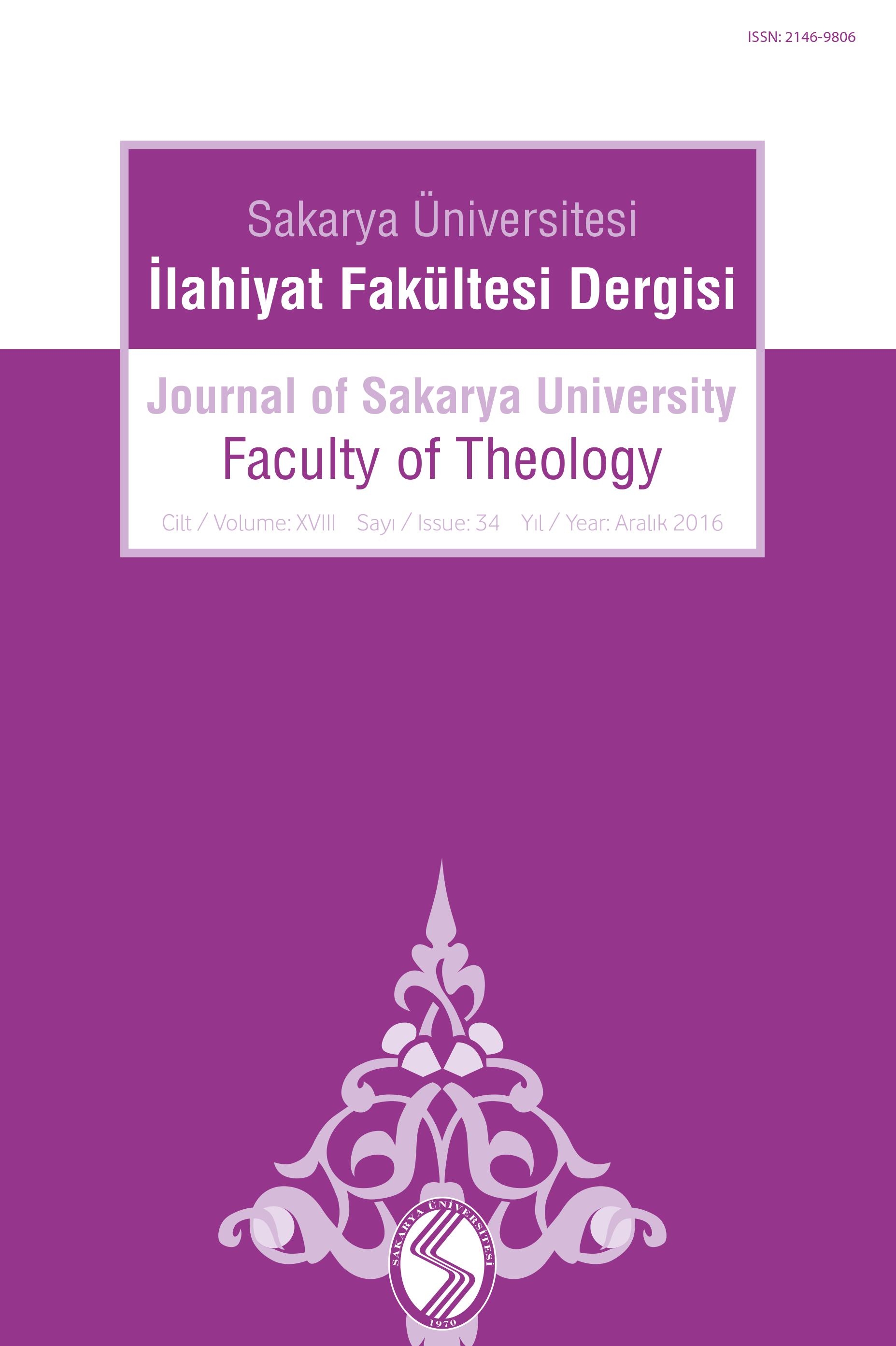
Review of : Prof. Dr. Ahmet Yılmazǰ Konya: İlâhiyât Fakülteleri İçin Açıklamalı Edebî Osmanlıca 1, Sebat Ofset Matbaacılıkǰ ř. Baskıǰ ŘŖŗś.
More...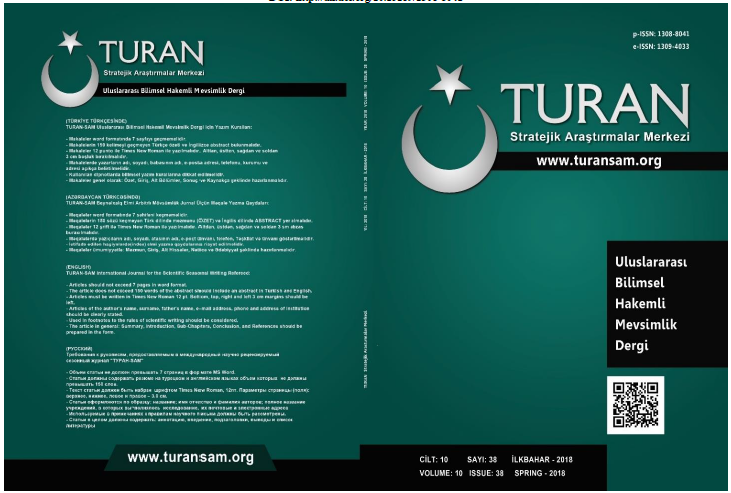
Keywords: Gagavuzlar; Gagavuz Autonomous Region; Russian Federation; Republic of Moldova;
There are many researches and studies on the origins of the Gagavuz Turks. Gagoğuz, Gök-Oğuz, and Gaygauz, the status of this nation in the midst of various conflicts has gained a special importance in terms of international relations, especially in the border of Eurasia region. Turks living in the Gagauzia Autonomous Territory due to the Republic of Moldova are exposed to the interventions of the Russian Federation because they are religiously differentiated from other Turks and are politically open to external factors. In this study, the historical background of today's Gagavuz Turks and their positions in the Gagavuz Autonomous Region will be discussed.
More...
Keywords: Kazakh Turkish; Alankay Batır; epic; qos söz or qosarlama; handiadyoins;
Hendiadyoins, are met atf-ı tefsiri, word twins, name with dilemma and repeat the context of phrases in the Turkey Turkish used as purpose for the expression strenght to increase, meaning to intensify, notion to wealthy. In the Kazakh Turkish, the handiadyoins which are met with the terms of qos söz or qosarlama have important place in Turkish language studies. In this study, the live content of the 20th century Kazak literature was identified and classified as the handiadyoins in Alankay Batır Epic, and it was aimed to contribute to the study of the Turkish language in a whole.
More...
Keywords: Medieval Islamic ceramics; ceramic trinkets and toys;
Today toys that comes to mind firstly issues child health, natural materials that damageless to health, safe forms and use, attractive appearance and ergonomic design. Modern technology is wealth that can meet all these demands. However, clay has become one of the most strong material centuries ago. Extant Dolls, Horses, Chariots are a few examples that remain in the production of this kind from Ancient Egyptian, Hittite, Ancient Greek Era. According to surviving findings, similar objects are also made medieval İslamic geography. These produced with common materials and techniques in their age, reflect ethnographic characteristics, lifestyle and clothing in the region in which they occur as well as shed light on some cultural traditions. This article researched Ceramic-Trinket Toys in that period, examined the applied techniques in the construction and decoration, put forward some estimates based on the form and size in terms of usage.
More...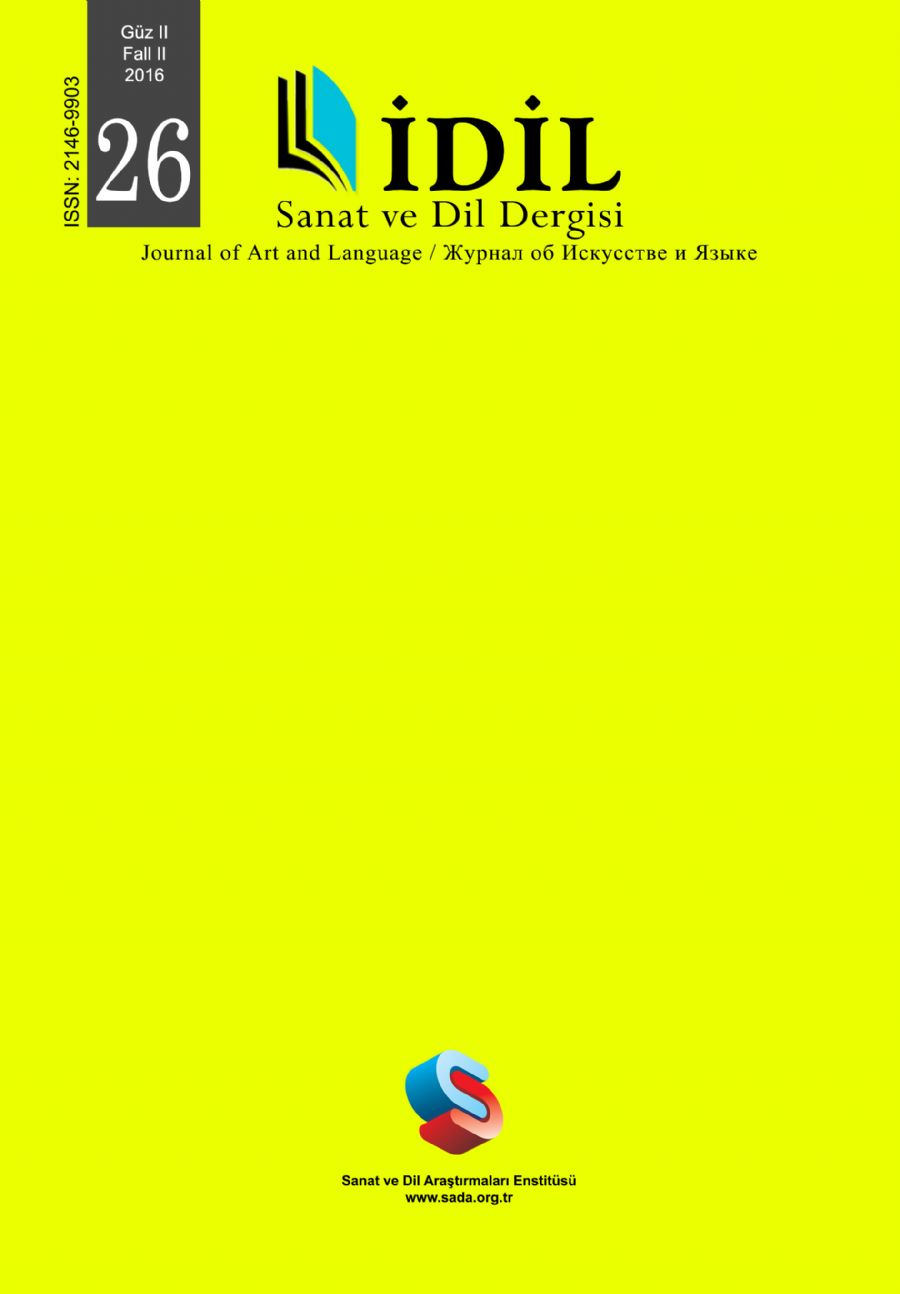
Keywords: Oboe; Concertino; Form; Analyse; Segah; Passacaglia;
The Concertino for Oboe and Strings by Turgay Erdener has significant importance because it is the first piece for oboe and strings written in concertino form by a contemporary Turkish composer. The composer has applied the rhythms and the maqams of the Ottoman Music, Turkish Folk Music and Turkish Art Music with the forms of Western Classical Music. The first movement is a compound ternary form and the core motif announced by the oboe is repeated continuously through the movement. The melodical structure of the first movement gives its place to the contrpunctual structure in the second movement. The basso continuo, segah maqam and Passacaglia form are the main features of this movement. The third movement has the lively atmosphere of the Turkish Folk Music. A humoristic language is applied in this movement where the playground of children has been described.
More...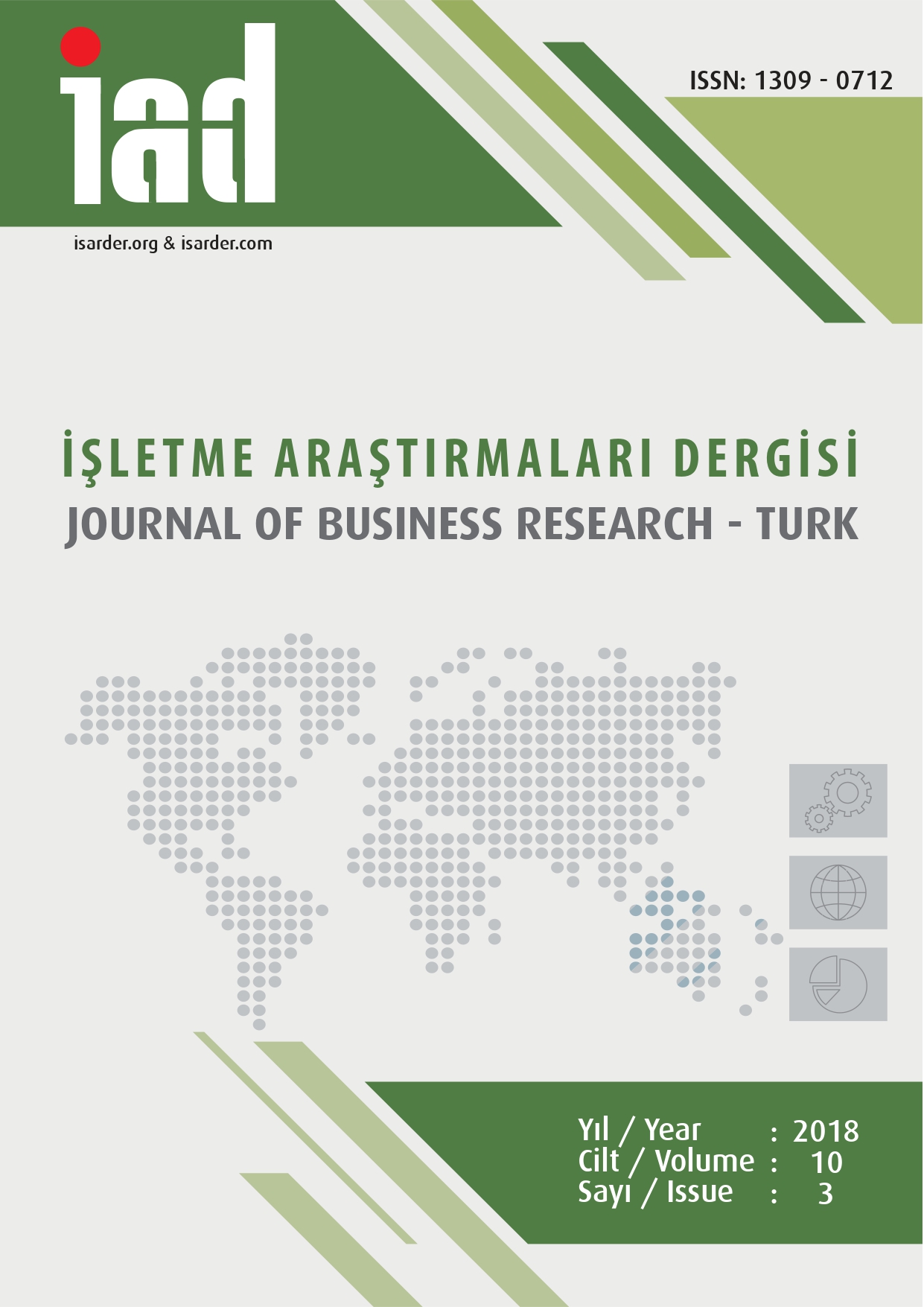
Keywords: Transformational leadership; conditional-rewarding leadership; organizational silence; job satisfaction;
The purpose of this study is to determine the effect of transformational and conditional-rewarding leadership on the organizational silence perceptions of workers and the moderating role of satisfaction in this relation. Validity of the scales was proved with Confirmatory Factor Analysis (CFA) performed with Structural Equation Modelling (SEM). Relations between the variables mentioned were tested with hierarchic regression analyses and their moderating effects were researched according to data obtained. In the study, private hospitals active in the health sector in Isparta province were taken into consideration. Data was obtained from questionnaires filled out by 396 hospital employees and relations between the variables were analyzed based on the collected data. At the end of the study, it was determined that transformational and conditional-rewarding leadership has a diminishing role on the organizational silence perceptions of workers and that job satisfaction plays a moderating role in the relation between transformational and conditional-rewarding leadership and pro-social silence which one of the organizational silence dimensions.
More...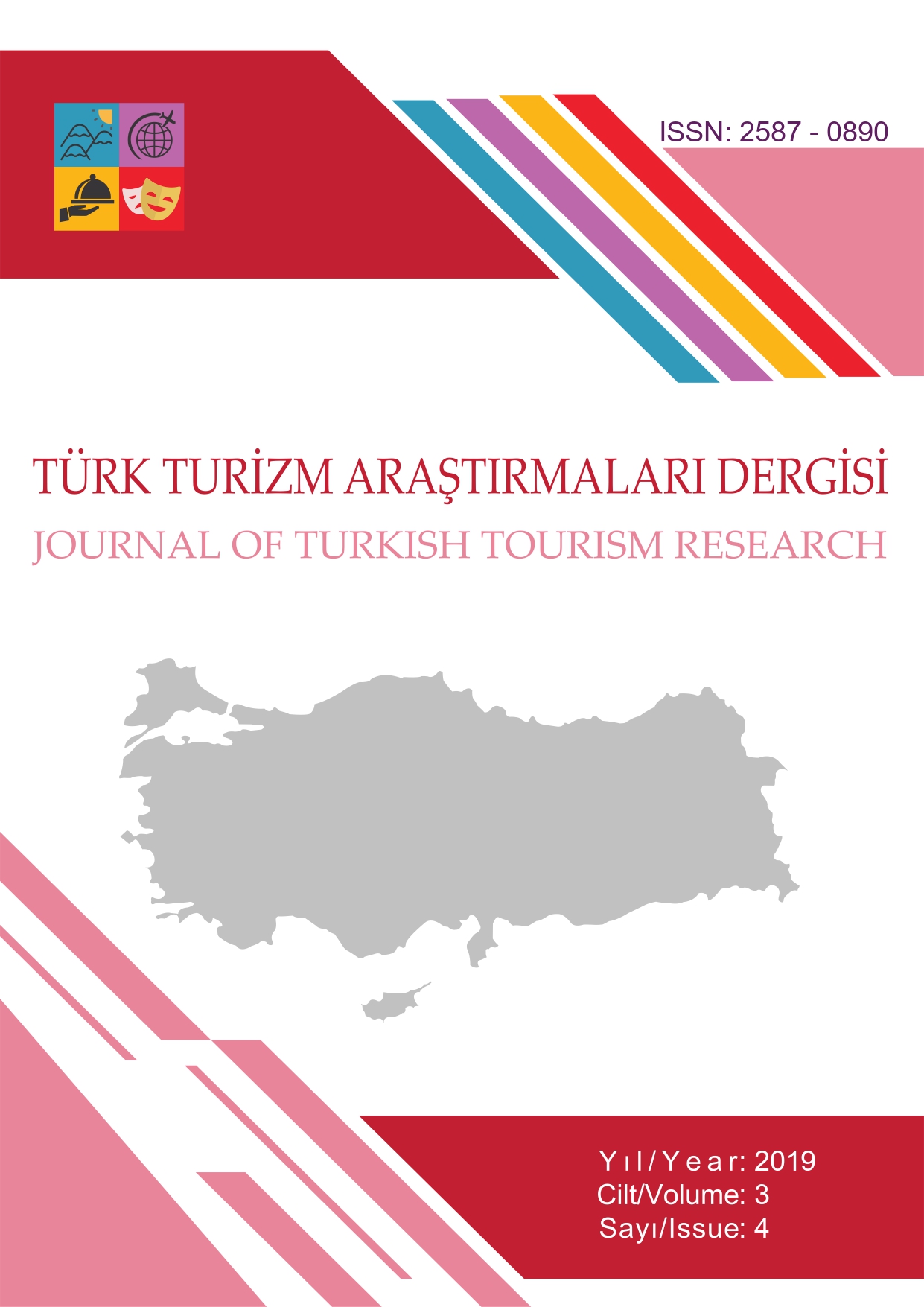
Keywords: Hotel Business Departments; Service Quality; Customer Satisfaction;
Increasing business performance and achieving financial success of hotel businesses is directly proportional to providing customer satisfaction. Customer satisfaction depends on the quality of the services provided by the hotel businesses. In this research, it is aimed to determine the effects of service performances of all departments and sub-units of hotel departments on customer satisfaction. For this purpose, a questionnaire form applied to the customers of a five-star hotel operating in Kuşadası region was utilized and questionnaire was filled out to 291 people. Multivariate regression analysis, t test and One-way Anova analysis were applied to obtained data. According to the analysis results, shopping center and main restaurant services are the units that affect customer satisfaction the most. On the other hand, Fitness Center, Fish restaurant and Housekeeping units make the least impact on customer satisfaction. In addition, the service performance of the units varies according to the nationality, the number of arrivals to the hotel and the length of the stay of the customer.
More...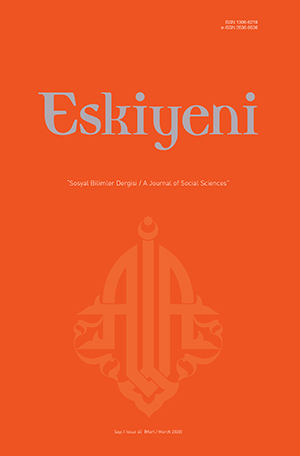
Keywords: Islamic Law; Ottoman Empire; Fatwas; Company; Mudārabah Contract;
Mudārabah is a type of partnership that was founded by putting labor on the one hand and capi-tal on the other, dating back thousands of years before Islam. In Islam, this partnership has been accepted as legitimate and used by Muslim societies. This partnership has included in the classic fiqh books as a separate section from the şarikah subjects. Mudārabah partnership continues to exist in various ways today. Participation finance which is developing day by day collects capital based on this partnership. Some researchers even recommend it as an alternative method to participation banking based on contemporary usury especially the interest finance system. For this reason, whether the partnership in question is of a nature to perform the task expected from it will only be revealed by knowing the historical experience. Furthermore, determining the change that this partnership has undergone in the historical process will help to understand its current situation and the way it will take in the future. Because, depending on the human expe-rience in the historical process, it is seen that some provisions and consequences of the partners-hip have changed. The partnership structures, which were simple in the first periods, have gained more and more technical features. For this reason, it is of great importance in terms of economic history to determine and how the Ottoman period partnerships were established in the 16. and 18. centuries, which business lines were widely used, and what legal problems and solutions were produced during this period. In this way, functional determinations can be made as to whether the contract will be able to fulfill the function expected today.This research tries to put forward the various legal problems and solutions faced by the conflict partnership based on Ottoman fatwa literature in the 16. - 18. centuries. Because the current problems encountered with the application have been the subject of fatwas as well as fiqh books. Fort this purpose, fatwa journals belonging to Ibn Kemal (d. /9401534), Ebu’s-su‘ud Efendi (Abū l-Su‘ūd) (d. 982/1574), Sun‘ullah Efendi (d. 1021/1612), Feyzullah Efendi (d. 1115/1703) and Yenişe-hirli Abdullah Efendi (d. 1156/1743), who stand out in terms of recognition and accessibility in the aforementioned centuries have been collected and fatwas that can be determined on the subject have been evaluated.In the Ottoman period fatwa literature, the contractual contract takes place in separate titles separate from the company department, as in the tradition of fiqh. It is understood that fatwas related with mudārabah mostly reflect the problems and solutions that arise during the applica-tion. When the prominent fatwa journal of the research subject are examined, it is seen that the mudārabah partnership has been widely used in Ottoman society in terms of both number and issues. Due to the fact that this partnership can be said to be one of the most useful tools for the capitalist to operate his capital and to meet the financing needs for the entrepreneur. It seems that some people especially women, who do not have the opportunity to trade, prefer this part-nership.Expressions such as “Zeyd Captain”, “Black Sea and the Mediterranean”, which are frequently mentioned in mudārabah related to fatwas are observed that a partnership has been made mainly in the Istanbul-centered, Mediterranean and Black Sea basins for the agricultural and commercial works in the Ottoman Empire in the aforementioned centuries. Thus, entrepreneurs seem to meet their short-term financing needs. It can be said that the fact that the mudārabah partner is active in the partnership and the passivity of the capital owner causes the parties to have more reflecti-ons in the fatwa than the other partnership types. Because, it is seen that if the mudārabah part-ner is not unjust due to the mudārabah partnership, he is not responsible for the loss in his capi-tal, and if the profits are due to the transactions against the immigration of the capital owner, the probability of the mudārabah partner is to take more risks. This situation causes the capital owner to try to impose various restrictions on the place, time and duration in order to protect the capital from loss, and even to go further, to put forward some conditions contrary to the spirit of the depository, as the depository is common to the loss in the capital or to be a guarantor to the capital. Nevertheless, it is understood that the deposi-tory did not comply with the relevant conditions too much and that in some cases the capital was lost, this was considered within the scope of injustice. One of the main points of disagreement between the capital owner and the mudārabah partner whether the capital is given as debt, treatment or mudarabah. Especially, in case mudārabah partnership makes a loss, it is seen that capital owner is trying to save his main capital, while the mudārabah partner is trying to avoid the obligation of compensation. Even, in some fatwas, capital may claim that while he took profit from the mudārabah partner, he made a profit in the event that the loss occurred while the nature of the capital was not on the agenda. He claims that he/she took the ruin in response to his/her claim that the capital owner lent. In fatwas, if the partners can not put forward any evidence or if both parties present the evidence, the evidence of debt is accepted, if no preference can be made a selection between the evidences, it is seen that if capital get lost, debt is preferable, if profit is obtained, the evidence of mudārabah is preferred. Because, the mudārabah partner with the permission of capital owner, admits that he/she delive-red the goods in capital owner, according to which he embraced capital. In this case, mudārabah partner may file suit a compensation case. However, if there is no evidence related capital owner lends, it is accepted that his/her oath related to mudārabah partner is a mudarabah. It is seen that the capital owner is trying to make a capital such as wheat, hemp, cloth and sheep in fatwas. However, if he gave a power of attorney and told him to use it, it is seen that the cont-ract of mudārabah could not draw up. In addition, except for the labor of the mudārabah partner, the claim that he added capital and was the permission of the capital owner etc. is accepted in some circumstances. It can be said that the issues of loss and detriment related to mudārabah are subject to more fatwa than other issues. Some of them appear to be due to negligence and male-volent attitude of the destructor, some to be due to negative market conditions, and others to physical adverse conditions such as the sinking of the ship. From these point, it is also possible to identify the areas where the damage was caused in these centuries. Among them, the sinking and side lying of the sea vehicles come to the fore. It can be said that in the centuries of research in the example of Mudarabah, there is no incompatibility between the fatwas and the tradition of fiqh, that is between theory and practice.
More...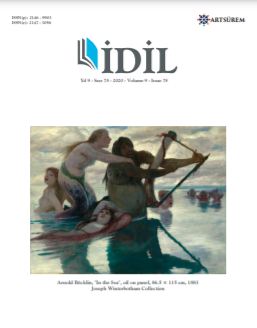
Keywords: Turgut Zaim; nomad; women's clothing;
When the development process of contemporary Turkish painting is examined, we come across many artists who have produced artworks by taking traditional and cultural elements from the past to the present. Among these, Turgut Zaim was accepted as one of the founders of local Turkish painting with his paintings of Avşar Nomads living as nomads living on the skirts of Mount Erciyes in the Kayseri region. Zaim, based on the geometric composition and schematic figure joke of Turkish miniature painting in his paintings, brought Anatolian people, especially Yörük women, to his canvases with a taste like miniaturization. His interpretation and mastery of this traditional form in a contemporary style enabled him to have a personality that differs from the artists before and after him. In this research, the clothes of Yörük women and Yörük women, which Turgut Zaim dealt as a subject in his paintings, were analyzed using the method of artifact analysis.
More...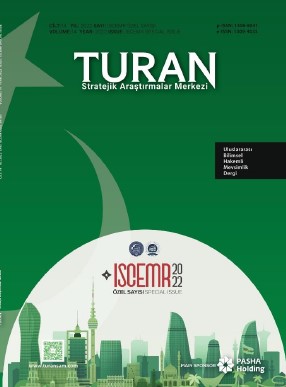
Keywords: turkic-speaking states; economy; trade; transportation; tourism;
The presented article has studied the existing and potential relations of the Republic of Azerbaijan with Turkic-speaking countries (TC) in the sectors of trade, transport and tourism and has prepared validated policies, proposals and recommendations for the realization of this potential. As a result of the study, it came clear that Azerbaijan’s trade, transport, and tourism relations with other TC, except Turkey, are not as high as expected, but are open to further development. It is proposed to improve the government's position in the international reports, creating suitable conditions for the activities of businessmen from Turkic-speaking countries in Azerbaijan, have a visa similar to the Schengen visa between Turkic-speaking countries, moreover to increase the number of flights of lowcost airlines and open new ones with Turkic-speaking countries of Azerbaijan to intensify trade, transport and tourism relations with Turkic-speaking countries. The implementation of these proposals can raise the quality of trade, transport and tourism relations of Azerbaijan with the Turkic-speaking countries to a higher level due to made on the basis of relevant theoretical and methodological bases and advanced world experience, which will contribute to the development of existing socio-economic relations between TC.
More...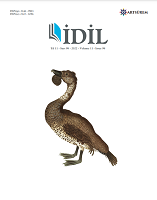
Keywords: Folk song; metaphor; Mugla folk songs;
Folk songs are important cultural elements that express and reflect people's feelings and thoughts. People, their pain, joy, longing, love, expatriate etc. they express through folk songs. Folk songs are considered an important heritage of folk culture not only with their melodies but also with their lyrics. Because, whether the owner is known or not, the lyrics of folk songs contain topics that tell the realities of life, that the listeners find something from themselves, and that translate their own thoughts. When the lyrics of folk songs are examined, it is seen that the subjects they contain are conveyed from time to time with different expression styles. It is thought that the narrations made in this way are effective in creating more intense emotions of the narrated phenomenon. One of these forms of expression is metaphor. In this study, the metaphorical expressions (metaphor) in the lyrics of 15 folk songs belonging to the Muğla region have been determined and it has been tried to explain how and in what manner they are used.
More...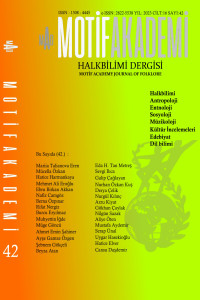
Keywords: Myth; Turkish; Kyrgyz; horse; lament;
Mythical narration facilitates the functioning of some social institutions in societies. In this context, there are various myths belonging to each nation and these reflect the human desires of the societies they belong to and are linked to the lifestyles and beliefs of the culture they exist in. From this point of view, myths are important in explaining primitive cultures as well as great civilizations and religions. Although some events in myths are said to have emerged randomly and ambiguously, there are also similarities between some historical events and myths. Although the stories told in the myths consist of the remnants of historical events and exaggerations, these historical events are also a source of inspiration for many branches of art. Literature is one of these branches of art. For example, it is widely believed that the Kyrgyz Manas Epic emerged from a lament. This epic with its origins in lament contains many mythological elements. The Kyrgyz are one of the oldest Turkish ethnonyms and have a rich oral culture. Since lament is thought to be the oldest oral literature product among oral genres, the explanation of some elements in Kyrgyz laments can only be through mythology. The word "ege" in Kyrgyz laments, meaning God and owner, can be given as an example. Another mythological element in Kyrgyz laments is the horse. In old Turkish beliefs, a horse is defined as an animal sacrificed to its Lord. This is because the idea that there is a connection between the horse and the sky is common. In addition, the idea that this animal descended from the sky and interacted with heaven is a common belief in prehistory. "The horse is the wing of man." even the proverb is enough to show the meaning that the Kyrgyz ascribe to the horse. Considering the burial and burial ceremonies in Kyrgyz history, it is possible to say that in this proverb, the horse is conceived not only as a mount, but also as an extraordinary creature that plays an important role in the transition to another realm, as in the example of "Pegasus". In this study, "horse" will be examined as a mythological element in the examples of laments included in the doctoral thesis named "Lament and Lamentation from Past to Present (Batken, Toktogul and Kara-Kulca regions lament samples)" and firstly, the relationship between lament and mythology will be mentioned, then Turks and Horse, Horse and Horse in World and Kyrgyz Literature. Finally, the names of horses in some Kyrgyz laments will be determined and information will be given about the mythological origins of these horses.
More...